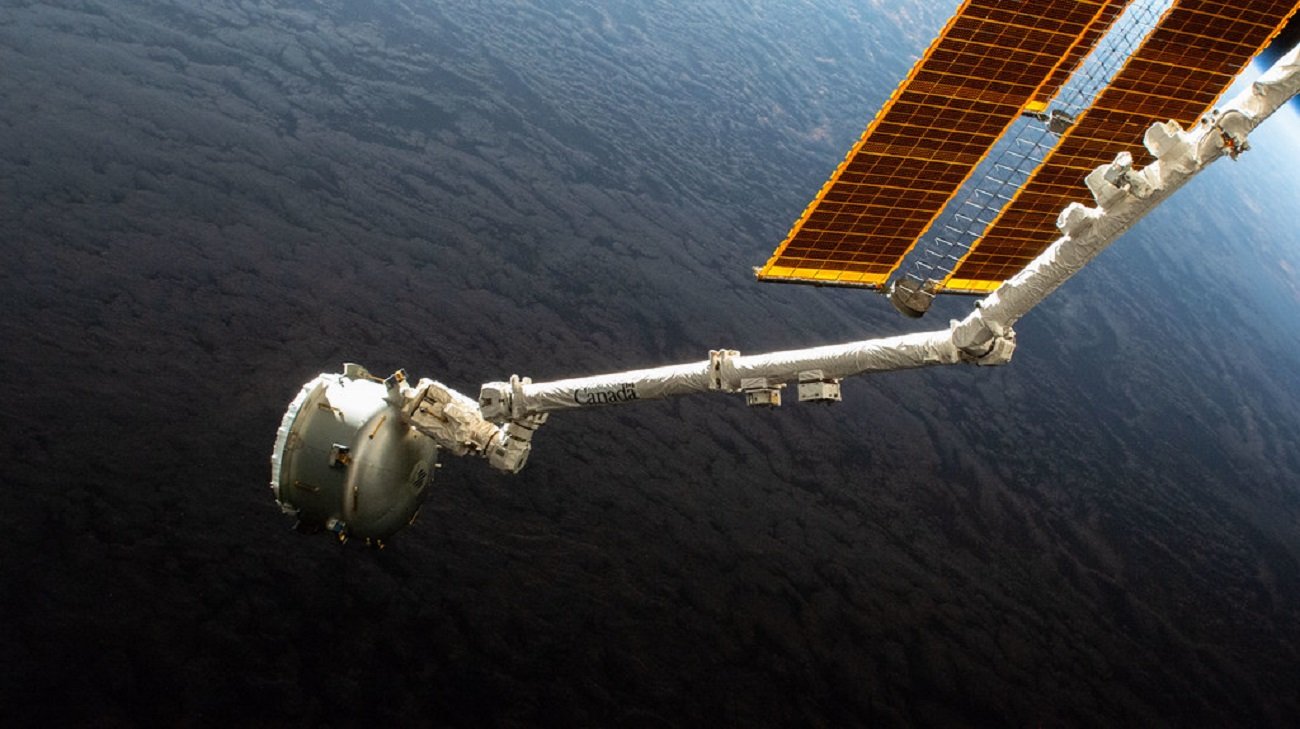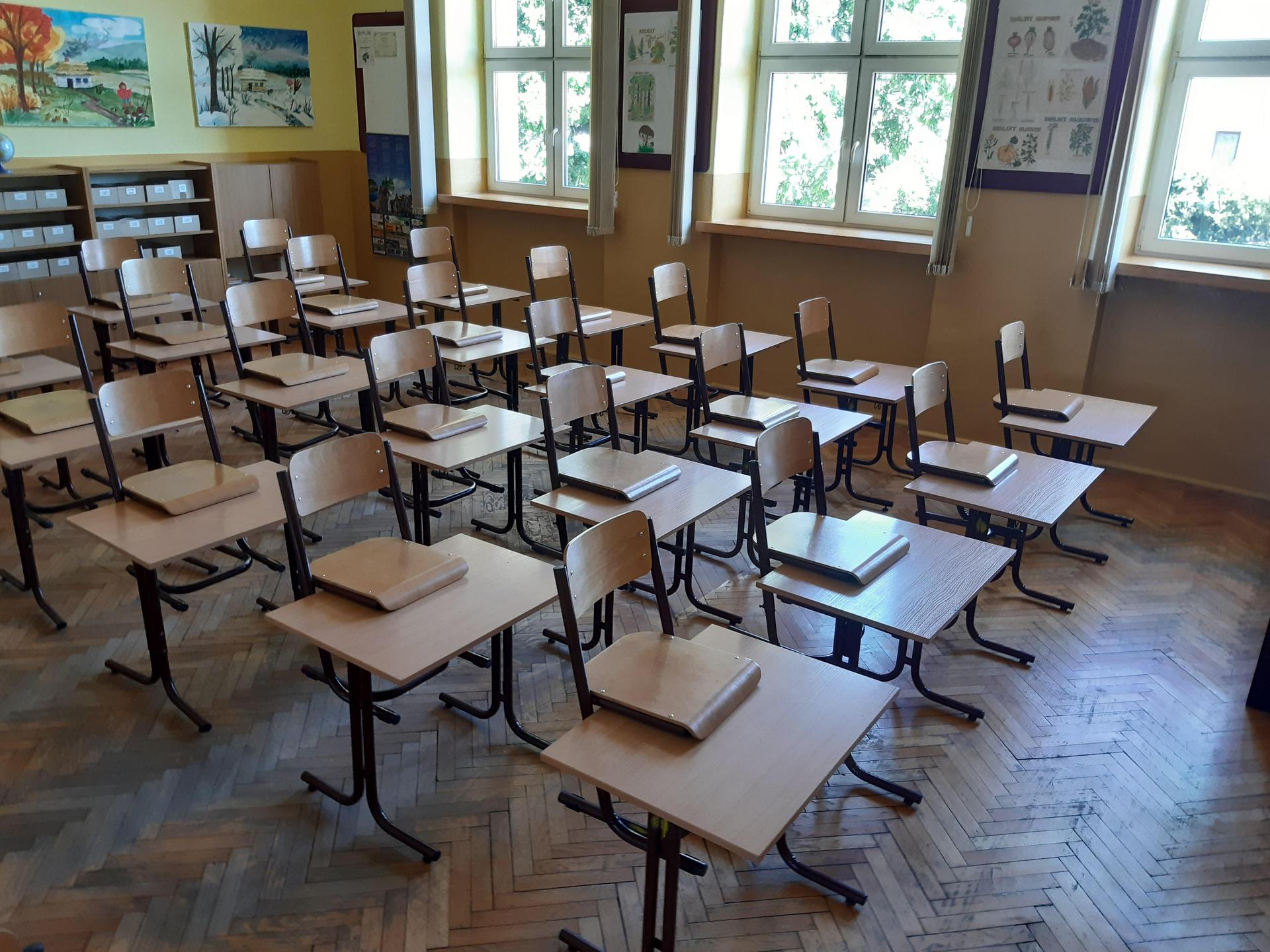Staying on a relatively small international space station orbiting more than 400 kilometers above the Earth’s surface has its own rules. One relates to the removal of local garbage.
As you probably guessed, in such conditions it is difficult to find garbage trucks and landfills, which is why astronauts have to deal with other methods. So far, this problem has been solved … simply by dumping waste from the International Space Station. These then fell into the atmosphere, where they were burned.
An alternative, although somewhat similar solution has been offered by Nanoracks, which is responsible for operating the commercial Bishop Airlock. On July 2, as part of testing new technology available aboard the International Space Station, 78 kilograms of trash was placed in a specialized bag. According to Nanoracks representatives, the experiment went smoothly.
Nanoracks is behind the trash removal from the International Space Station
This was the first time an airlock debris removal system had been used. Previously, most of the waste was dumped from the International Space Station when cargo ships re-entered. This time, the specialized bags contained, among other things, used foam, packaging materials, hygiene products, clothing, cargo carrier bags, and office supplies. Satisfied with the course of the entire project, the company is considering using a similar system on a commercial space station called Starlab, which is supposed to start operating in 2027.
Read also: Holoportation in action. “Transport” the doctor to the International Space Station
The term “bag” may not be completely reliable, as it is in fact akin to a container with an impressive capacity of 270 kilograms. Amela Wilson, Nanoracks CEO, stresses that this was the first cycle to open and close the Bishop Airlock, giving hope to benefit from more sustainable ISS waste disposal operations. Interestingly, the solution itself is not particularly new, because it was already used by Soviet cosmonauts in the 70s and 80s, using garbage bags at their stations.

Echo Richards embodies a personality that is a delightful contradiction: a humble musicaholic who never brags about her expansive knowledge of both classic and contemporary tunes. Infuriatingly modest, one would never know from a mere conversation how deeply entrenched she is in the world of music. This passion seamlessly translates into her problem-solving skills, with Echo often drawing inspiration from melodies and rhythms. A voracious reader, she dives deep into literature, using stories to influence her own hardcore writing. Her spirited advocacy for alcohol isn’t about mere indulgence, but about celebrating life’s poignant moments.










